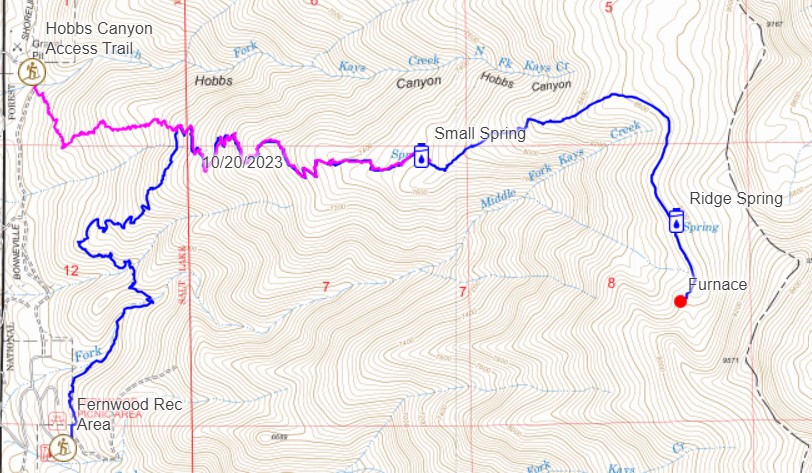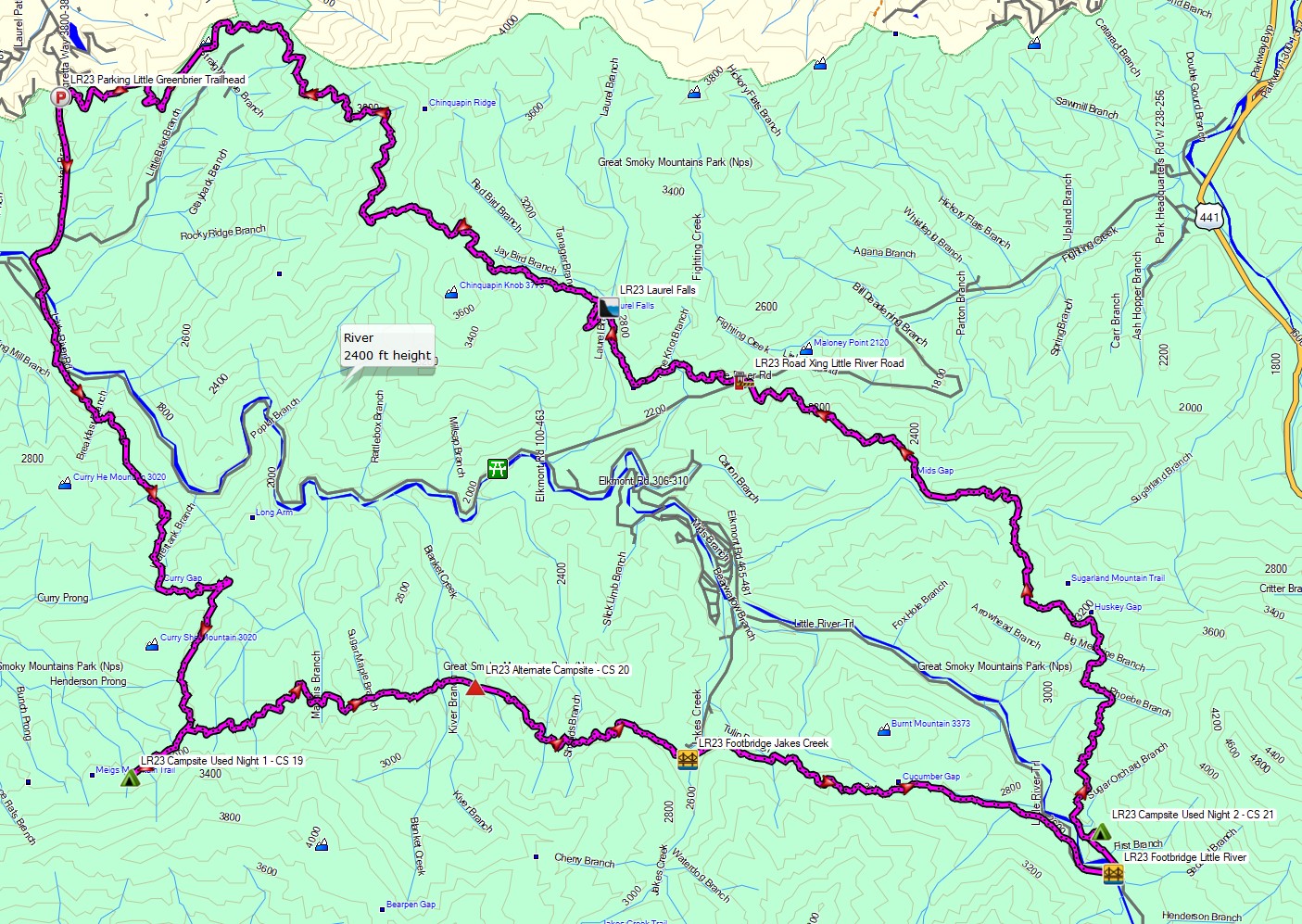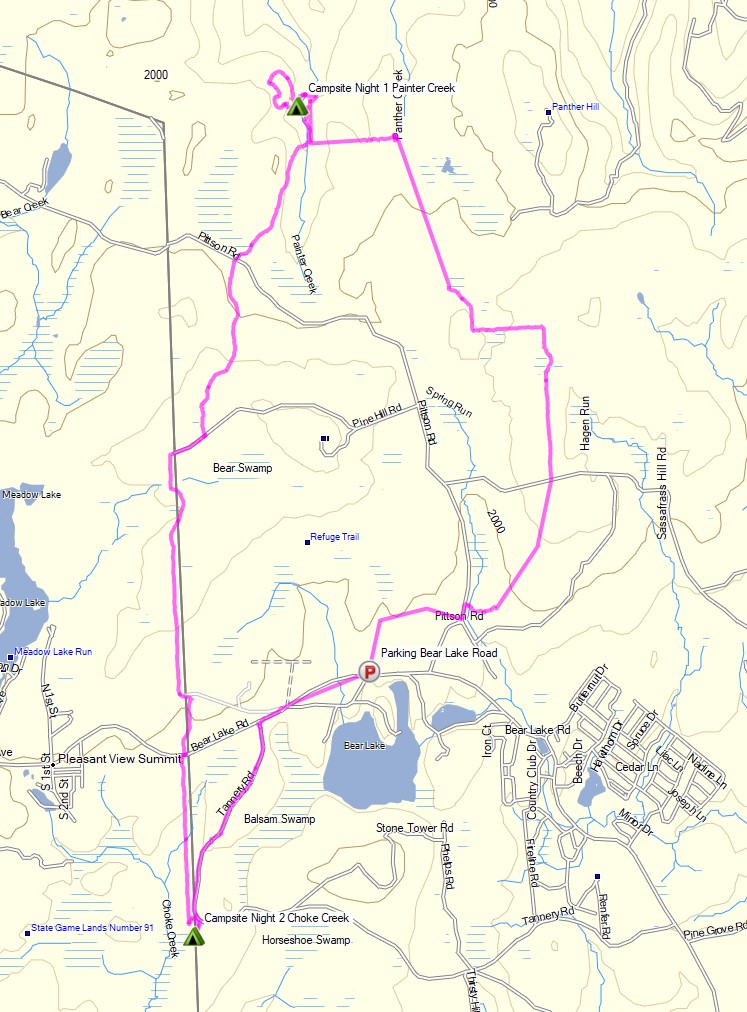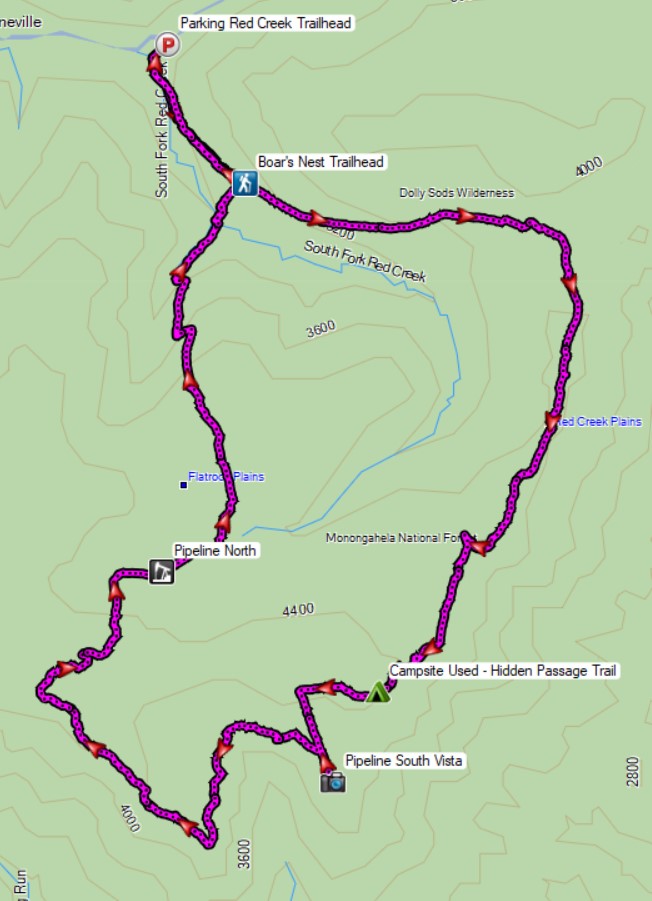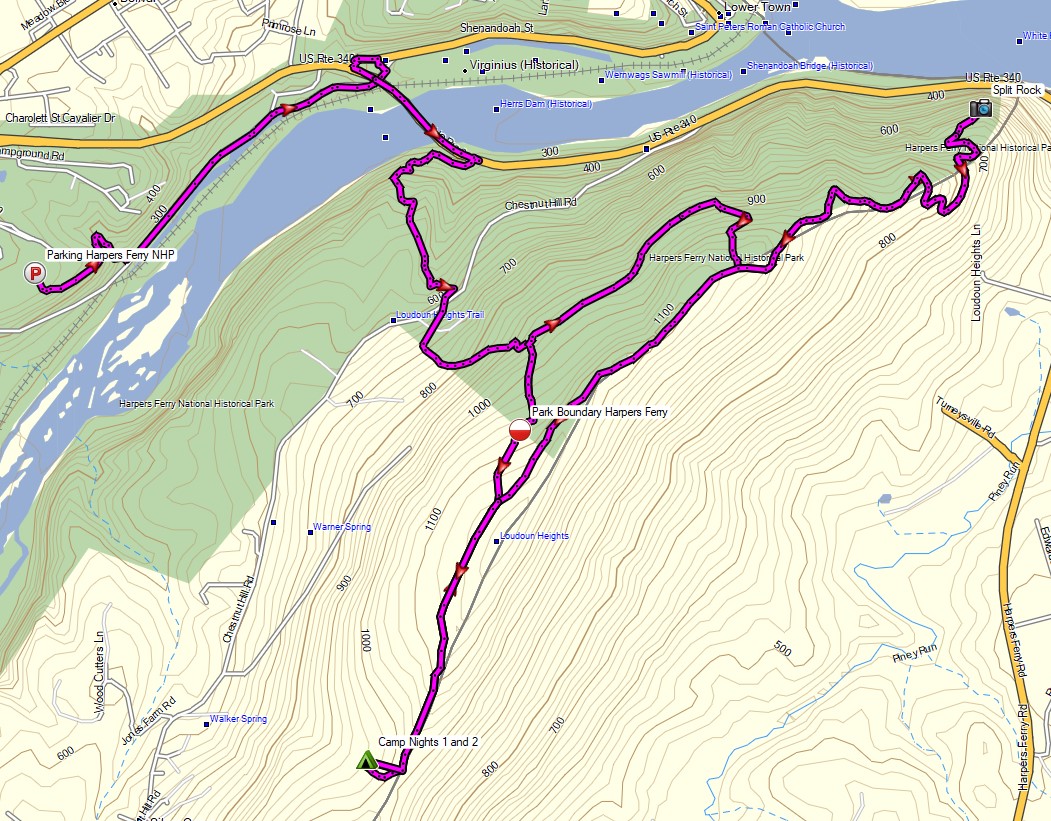Backpacking & Solo Camping in the Snow Covered Mountains of Utah.
For this 3 day fall backpacking trip, I headed to the Wasatch Range to explore some snowy higher elevation trails in the mountains overlooking Utah’s Great Salt Lake.
The Wasatch Mountains span roughly 160 miles from the Utah-Idaho border down through central Utah, forming the western edge of the greater Rocky Mountains, and the eastern edge of the Great Basin region. I chose to do an end to end hike for this trip, starting near Ogden, UT and utilizing a portion of the Great Western trail to hike along the ridge overlooking the Great Salt Lake nearly 5,000 feet below.
With a daily temperature range in the upper 70’s down to a bit below freezing at night, I decided to try my luck and still keep my backpacking load-out relatively minimal with just a 3 season sleeping pad , sleeping bag, and a light weight trekking pole tent. There’s nothing quite like wearing a t-shirt to keep cool during the day, only to wonder if you’ll be melting snow for drinking water later that night. Those desert like temperature swings really do keep things interesting.
To deal with the cold nights and mornings I packed three supplemental clothing items – a pair of synthetic base layer bottoms, puffy jacket, and lightweight knit hat. I also made the smart decision to hike wearing mesh trail-runners. I may have regretted this once I ascended past 8,000′ and into the heavily shaded pine forests…

